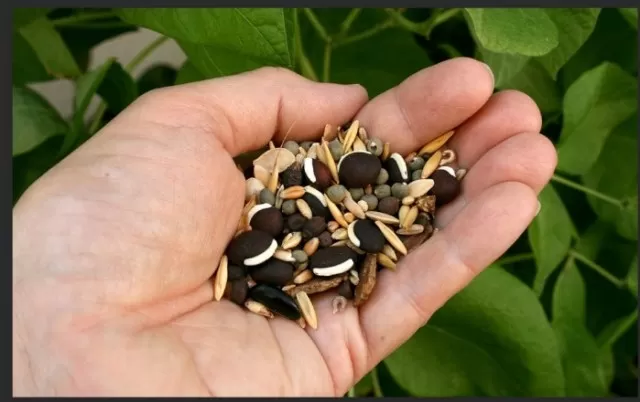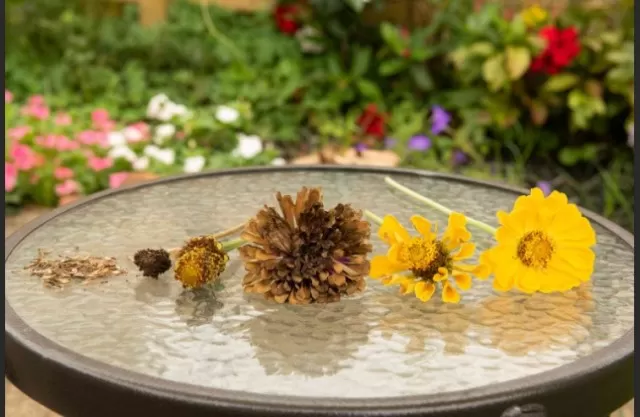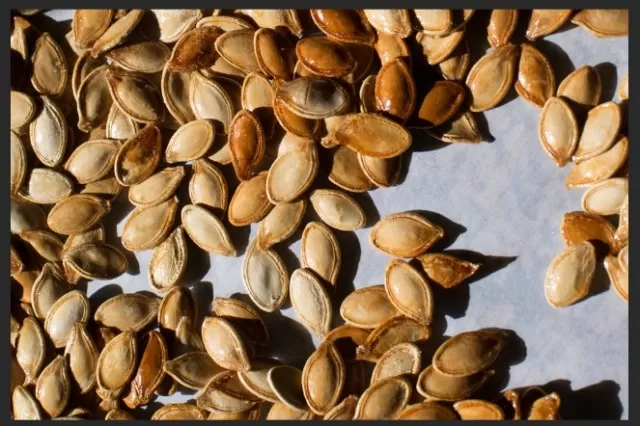Guide to Saving Seeds from Your Garden Plants.Seed saving is a valuable practice for thrifty gardeners who wish to economize when preparing for the next planting season. This sustainable approach not only helps you save money but also empowers you with more control over your gardening endeavors.
By collecting and preserving seeds from your existing plants, you create a renewable resource that eliminates the need to purchase new seeds or seedlings each year. This reduction in expenditure is especially beneficial for budget-conscious individuals, as the cost of buying seeds or starter plants can quickly add up. Furthermore, it ensures that you have a consistent supply of the plant varieties you love, regardless of fluctuations in seed availability or prices.
Another advantage of seed saving is the opportunity to select and perpetuate the most successful and resilient plants in your garden. Over time, as you continue to save seeds from your healthiest and most productive plants, you effectively breed plants that are better adapted to your specific growing conditions. This can lead to improved crop yields and healthier, more vibrant gardens.
Seed saving also contributes to the conservation of heirloom and open-pollinated plant varieties, preserving genetic diversity that might otherwise be lost due to the dominance of commercial hybrid seeds. By safeguarding these unique and time-tested varieties, you play a part in maintaining our agricultural heritage and ensuring a broader range of options for future generations of gardeners.
Why Preserve Seeds: Benefits Beyond Savings

There are numerous compelling motives for collecting and preserving seeds from your garden, encompassing fruits, vegetables, and flowers.
Saving seeds not only cuts costs by eliminating the need to buy them but also serves to safeguard heirloom or uncommon plant varieties. Furthermore, it guarantees the opportunity to cultivate varieties that you’ve found exceptionally flavorful, effortless to nurture, or exceptionally stunning.
Additionally, by sharing the seeds you’ve saved with neighbors or loved ones, you can bestow the gift of homegrown produce, fostering an enduring connection with the tomatoes they’ve cultivated from your very own seeds. In essence, preserving seeds extends far beyond mere frugality; it’s about preserving diversity, fostering appreciation, and cultivating a sense of community through the generations.
Strategic Seed Saving: Don\’t Miss Your Opportunity, Plan Ahead
For those with the intention of preserving their seeds, careful planning is crucial.
If you find yourself uprooting your exhausted summer plants and readying your garden beds for the impending winter, you might already be realizing that you’ve missed a vital window of opportunity.
How to Harvest and Store Flower Seeds: A Cost-Effective Gardening Strategy

Tired of purchasing countless flats of annual flowers each spring when you could easily grow them from your existing seed collection? Saving flower seeds is the answer, and here’s your guide.
Begin by cutting flower heads once their seed pods have reached the point of dryness, or slightly before. Lay these harvested flower heads out on wax paper, allowing them to air-dry for approximately one week.
After this period, carefully extract the seeds from the flowers, ensuring they are separated from any remaining pods, husks, or other plant debris. With this simple yet effective process, you can not only save money but also enjoy the satisfaction of nurturing your garden from seeds you’ve collected yourself.
Preserving Your Harvest: A Guide to Saving Fruit and Vegetable Seeds
You can enjoy a sustainable supply of fruit and vegetable seeds by adhering to these general instructions for collection.
It’s essential to recognize that certain fruits and vegetables may have unique seed-saving needs, which we’ll delve into later. To begin, opt for fruit that is fully ripe yet not spoiled. Subsequently, meticulously separate the seeds from both the encompassing plant tissue and each other. For larger seeds, employing a colander can be a practical aid in separating undesired plant matter from the seeds, streamlining the seed-saving process. By mastering these fundamental techniques, you’ll not only reduce your gardening expenses but also cultivate a deeper connection to the produce you grow, rooted in the seeds you’ve preserved.
Expert Techniques for Properly Drying Seeds: Essential Tips and Methods

To ensure successful seed drying, it’s crucial to create the optimal environment.
Begin by placing seeds in a cool, moisture-free location, far from the harsh rays of the sun. Seeds that have reached a moderate level of dryness can be carefully spread out on paper towels or newspapers to facilitate the final stages of the drying process.
On the other hand, if you’re dealing with moisture-laden seeds, it’s advisable to use wax paper as a surface to prevent them from adhering.
For larger seeds like pumpkin, bean, and squash varieties, achieving the perfect drying conditions is imperative.
You can achieve this by employing a food dehydrator, set at a temperature no higher than 100 degrees Fahrenheit, and allow them to desiccate for a period of 5 to 6 hours. This method not only ensures efficient drying but also preserves the viability of your seeds for future planting.
*The information is for reference only.